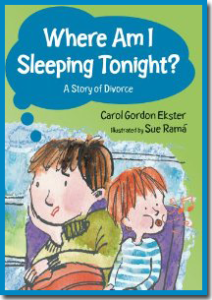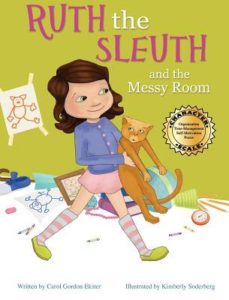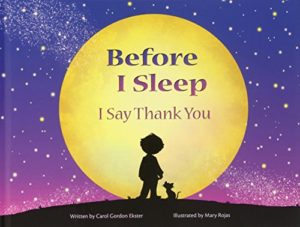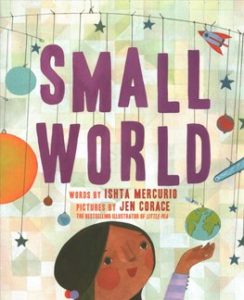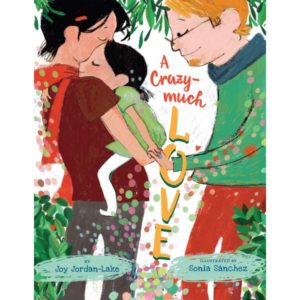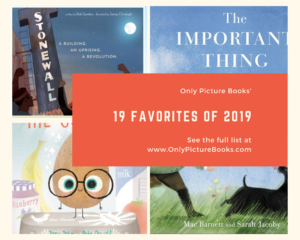 It’s the end of 2019, and here at OPB, we always close out each December with a list of our favorite pictures books of the past 12 months.
It’s the end of 2019, and here at OPB, we always close out each December with a list of our favorite pictures books of the past 12 months.
Some of these picture books appeared in OPB in one capacity or another. Because of space considerations and other factors, some didn’t. Regardless, all of the following books are worthy of attention and space on your shelves. I’ll even share a few words as to why they’re on this Best Of list. Enjoy!
(Don’t read anything into the order, though–it’s simply alphabetical by book title because, well, that’s easy to do.)
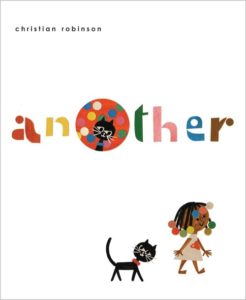 Another by Christopher Robinson (5 March 2019)
Another by Christopher Robinson (5 March 2019)
I confess that I resist wordless picture books on principle…except when they’re done this well. The fun shapes here remind me of Paul Klee, and the dreamy story is quite compelling.
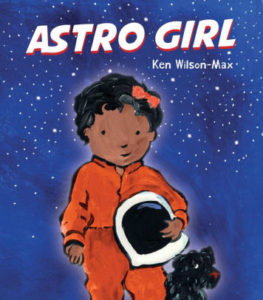 Astro Girl by Ken Wilson-Max (3 Sept 2019)
Astro Girl by Ken Wilson-Max (3 Sept 2019)
There’s so much here to like. A determined girl wanting to be an astronaut. An effective single parent (Papa). Dramatic acrylic artwork. Solid backmatter. Well done, Ken Wilson-Max!
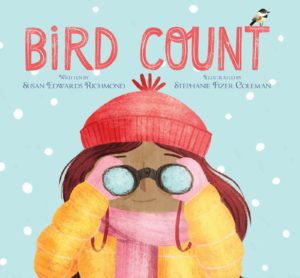 Bird Count by Susan Edwards Richmond, illustrated by Stephanie Fizer Coleman (1 Oct 2019)
Bird Count by Susan Edwards Richmond, illustrated by Stephanie Fizer Coleman (1 Oct 2019)
This book about young Ava becoming a “citizen scientist” is SO cool. Learn all about the New England Christmas Bird Count, too, as well as facts about winter birds uncovered via birding ID techniques. Find out more about this book via our OPB review here.
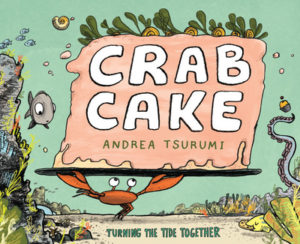 Crab Cake: Turning the Tide Together by Andrea Tsurumi (5 Feb 2019)
Crab Cake: Turning the Tide Together by Andrea Tsurumi (5 Feb 2019)
Got a budding environmentalist in your life? This funny story about a crab’s actions in the aftermath of a disaster (trash being dumped into the ocean) will surely be a hit. There’s a fine message here about getting past mishaps and challenges. I’m a fan of the rich artistic textures in these pages, as well.
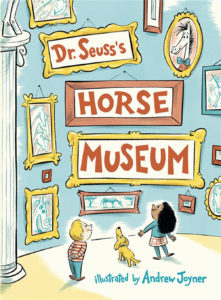 Dr. Seuss’ Horse Museum by Dr. Seuss, illustrated by Andrew Joyner (3 Sept 2019)
Dr. Seuss’ Horse Museum by Dr. Seuss, illustrated by Andrew Joyner (3 Sept 2019)
An unrhymed Dr. Seuss manuscript? Sounds crazy, but that’s exactly what we have in this look at how different artists have depicted horses. The full-color reproductions here (Picasso, Seurat, Manet, and more) help make this a solid introduction to art. It’s not like most other Dr. Seuss books, but if you can get past that, it’s a good one regardless.
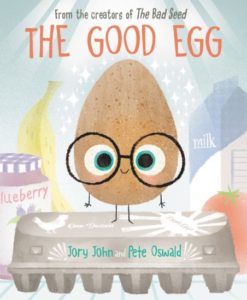 The Good Egg by Jory John, illustrated by Pete Oswald (12 Feb 2019)
The Good Egg by Jory John, illustrated by Pete Oswald (12 Feb 2019)
This one just tickles my fancy, as much because I had a neighbor who used to call me “A darn good egg!” as the fun art here by Oswald. Add in Jory John’s quirky take on perfectionism, and that’s the good read you’ll find here.
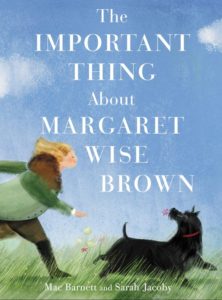 The Important Thing About Margaret Wise Brown by Mac Barnett, illustrated by Sarah Jacoby (21 May 2019)
The Important Thing About Margaret Wise Brown by Mac Barnett, illustrated by Sarah Jacoby (21 May 2019)
This is a standout biography of a a first-rate picture book writer, done in the style and tone of Margaret Wise Brown herself. The book is quirky, so don’t expect it to fully adhere to the standard chronological form most biographies take. The story’s also about taking risks and experimenting–great lessons for young readers to encounter.
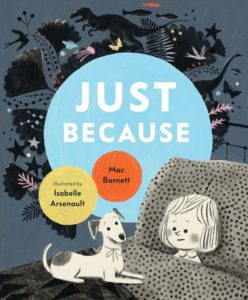 Just Because by Mac Barnett, illustrated by Isabelle Arsenault (10 Sept 2019)
Just Because by Mac Barnett, illustrated by Isabelle Arsenault (10 Sept 2019)
The child in this bedtime book fires off questions instead of sleeping, and the dad sends back amazing, imaginative answers versus the easy-but-unhelpful “just because” answer a tired adult might be inclined to give. The unexpected retro illustrations give this a nice feel.
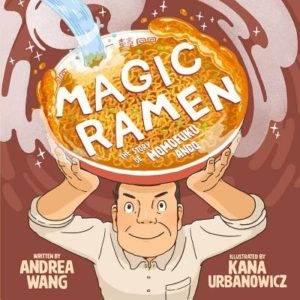 Magic Ramen: The Story of Momofuku Ando by Andrea Wang, illustrated by Kana Urbanowicz (5 March 2019)
Magic Ramen: The Story of Momofuku Ando by Andrea Wang, illustrated by Kana Urbanowicz (5 March 2019)
Here’s the true story of how Momofuku Ando dreamed about making a new kind of ramen noodle soup that was easy to make and tasty. Why? Because he saw lines of people waiting for food in Japan right after World War II, and he believed that “the world is peaceful only when everyone has enough to eat.” A useful Afterword gives fine bonus information for teachers, parents, and librarians.
 Planting Stories: The Life of Librarian and Storyteller Pura Belpré by Anika Aldamuy Denise, illustrated by Paola Escobar (15 Jan 2019)
Planting Stories: The Life of Librarian and Storyteller Pura Belpré by Anika Aldamuy Denise, illustrated by Paola Escobar (15 Jan 2019)
This book won a ton of awards largely because it’s the well-told biography of puppeteer, storytelling, and NYC librarian Pura Belpré, who was a champion of multicultural literature. A librarian who supports multicultural lit might not sound that odd today, but consider that she arrived in American in 1921! The author’s ability to move from English to Spanish within the story without translations or italics? Very impressive.
A sizable amount of backmatter offers plenty of depth on the life and doings of this important figure.
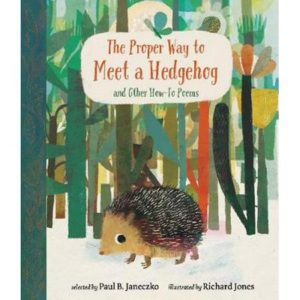 The Proper Way to Meet a Hedgehog and Other How-to Poems by Paul B. Janeczko, illustrated by Richard Jones (25 Feb 2019)
The Proper Way to Meet a Hedgehog and Other How-to Poems by Paul B. Janeczko, illustrated by Richard Jones (25 Feb 2019)
This poetry anthology by Janeczko showcases poems by Kwame Alexander, Pat Mora, Nikki Grimes, Marilyn Singer (see her OPB Author Interview here!), and more. All of the poems are a how-to of one type or another, ranging from how to be a snowflake to how to bird watch. It’s a fine collection with just enough range and style.
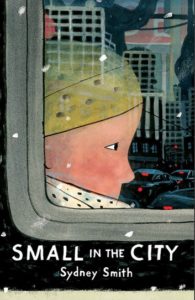 Small in the City by Sydney Smith (3 Sept 2019)
Small in the City by Sydney Smith (3 Sept 2019)
Some readers might not be happy with the situation–a child in the city looking for a lost pet. But it’s poignant, realistic, and filled with anything but false promise, all done in poignant, sensitive language. This story could’ve gone wrong in a host of ways in the hands of a less attentive author/illustrator.
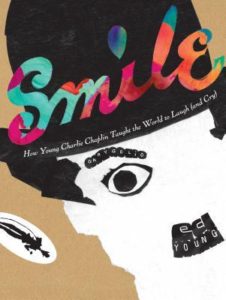 Smile: How Young Charlie Chaplin Taught the World to Laugh (and Cry) by Gary Golio, illustrated by Ed Young (26 March 2019)
Smile: How Young Charlie Chaplin Taught the World to Laugh (and Cry) by Gary Golio, illustrated by Ed Young (26 March 2019)
Charlie Chaplin’s life held a lot of sorrow early on, yet Charlie knew sadness and humor went hand in hand. This book does a fine job of telling his story–and his own special sense of fun–through lyrical text accentuated by interesting collage-style illustrations.
I’m quite taken, too, by the silhouette of the Little Tramp–Chaplin’s most famous on-screen character–that becomes animated when the pages are flipped.
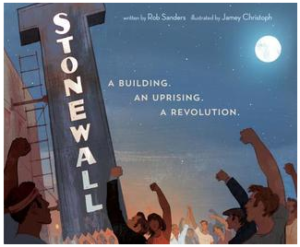 Stonewall: A Building, an Uprising, a Revolution by Rob Sanders, illustrated by Jamey Christoph (23 April 2019)
Stonewall: A Building, an Uprising, a Revolution by Rob Sanders, illustrated by Jamey Christoph (23 April 2019)
While Stonewall is obviously picture book worthy, this book lets the Stonewall Inn ITSELF tell this vital tale. It’s not only an essential addition to LGBTQ literature, but an essential addition to literature in general.
Bonus note: Rob was kind enough to be the very first Author Interview @ OPB. It’s interesting to see how his philosophy of picture books from a few years back still plays out so powerfully in his current work.
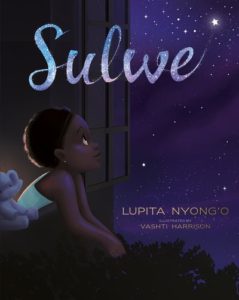 Sulwe by Lupita Nyong’o, illustrated by Vashti Harrison (15 Oct 2019)
Sulwe by Lupita Nyong’o, illustrated by Vashti Harrison (15 Oct 2019)
Sulwe’s skin is dark as midnight, but all she wants is to be bright and beautiful. This debut picture book by actress Lupita Nyong’o offers readers a magical journey that ultimately help them realize that true beauty always comes from within. That art here is beyond striking. Lovely.
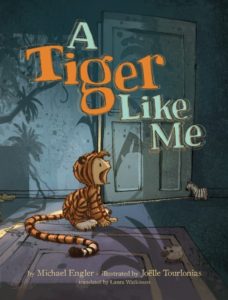 A Tiger Like Me by Michael Engler, illustrated by Joëlle Tourlonias, translated by Laura Watkinson (1 Aug 2019)
A Tiger Like Me by Michael Engler, illustrated by Joëlle Tourlonias, translated by Laura Watkinson (1 Aug 2019)
Sometimes a kid might want to imaginatively become something else–like a tiger. In this story, that’s what happens, and he goes on wild-tiger-kid adventures. But at the end of the day, he’s happy to snuggle in bed with tiger-mom and tiger-dad. A sweet story.
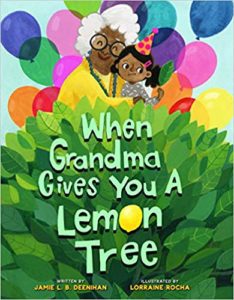 When Grandma Gives You a Lemon Tree by Jamie L.B. Deenihan, illustrated by Lorraine Rocha (5 March 2019)
When Grandma Gives You a Lemon Tree by Jamie L.B. Deenihan, illustrated by Lorraine Rocha (5 March 2019)
What kind of kid would EVER want a lemon tree for a birthday gift, right? Well, it turns out that in some situations, it’s the best gift of all. You even get a great recipe for lemonade here with this moving story.
Check out OPB’s interview with the author here, where we talk about–among other things–this very book!
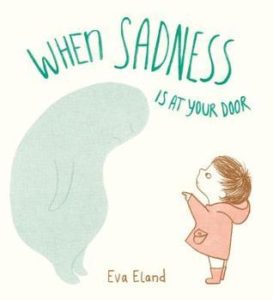 When Sadness Is at Your Door by Eva Eland (29 Jan 2019)
When Sadness Is at Your Door by Eva Eland (29 Jan 2019)
There aren’t enough quality books about emotional literacy, but this is one of them. The simple illustration style adds a fine dimension to this important story.
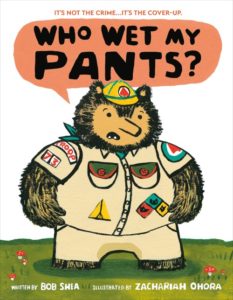 Who Wet My Pants? by Bob Shea, illustrated by Zachariah OHora (17 Sept 2019)
Who Wet My Pants? by Bob Shea, illustrated by Zachariah OHora (17 Sept 2019)
It’s hard to imagine anyone tackling the tough topic of wetting one’s pants, but leave it to the ever-amusing Bob Shea to do exactly that. The clever, silly pictures really help make this a memorable read. There’s still plenty here for younger readers to appreciate even if they miss the more sophisticated aspects of the humor in play.


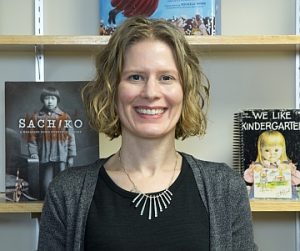
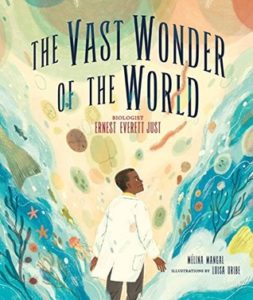
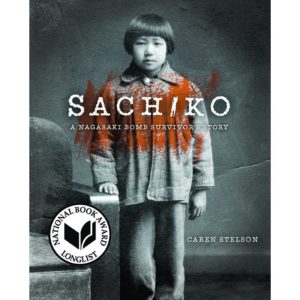
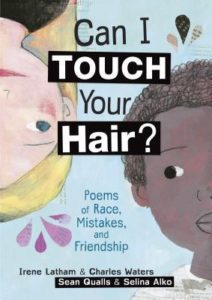
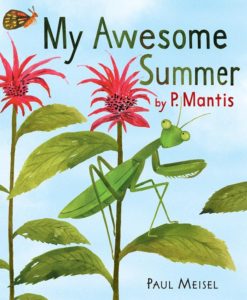
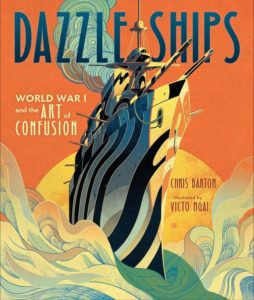
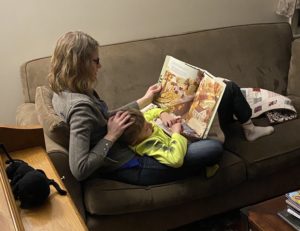 If I had to pick a picture book that has had particular meaning for both me and my kids this year, I would choose
If I had to pick a picture book that has had particular meaning for both me and my kids this year, I would choose 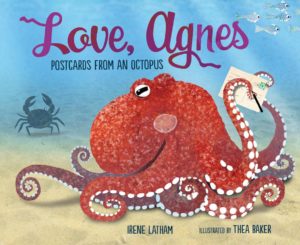
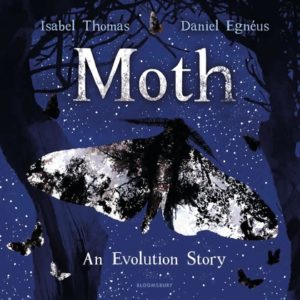
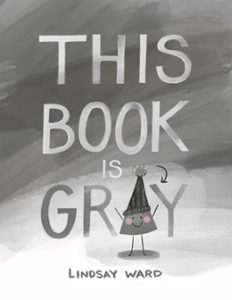
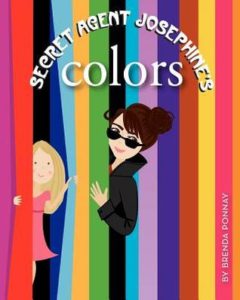
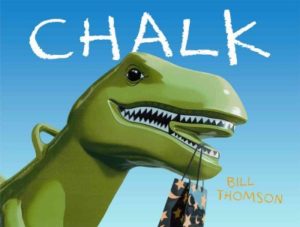
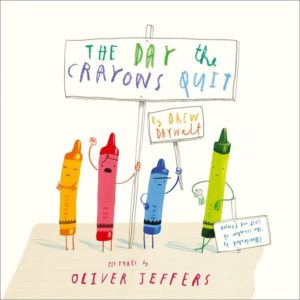
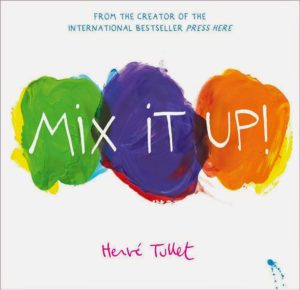
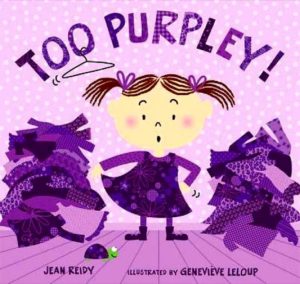
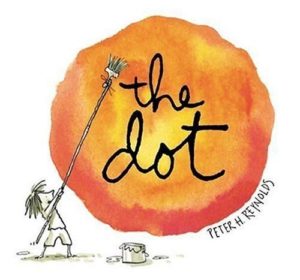
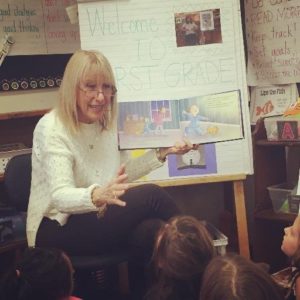 The final Author Interview of 2019 is with … Carol Gordon Ekster. Here are nine biographical bullet points to help you get to know her a bit better.
The final Author Interview of 2019 is with … Carol Gordon Ekster. Here are nine biographical bullet points to help you get to know her a bit better.